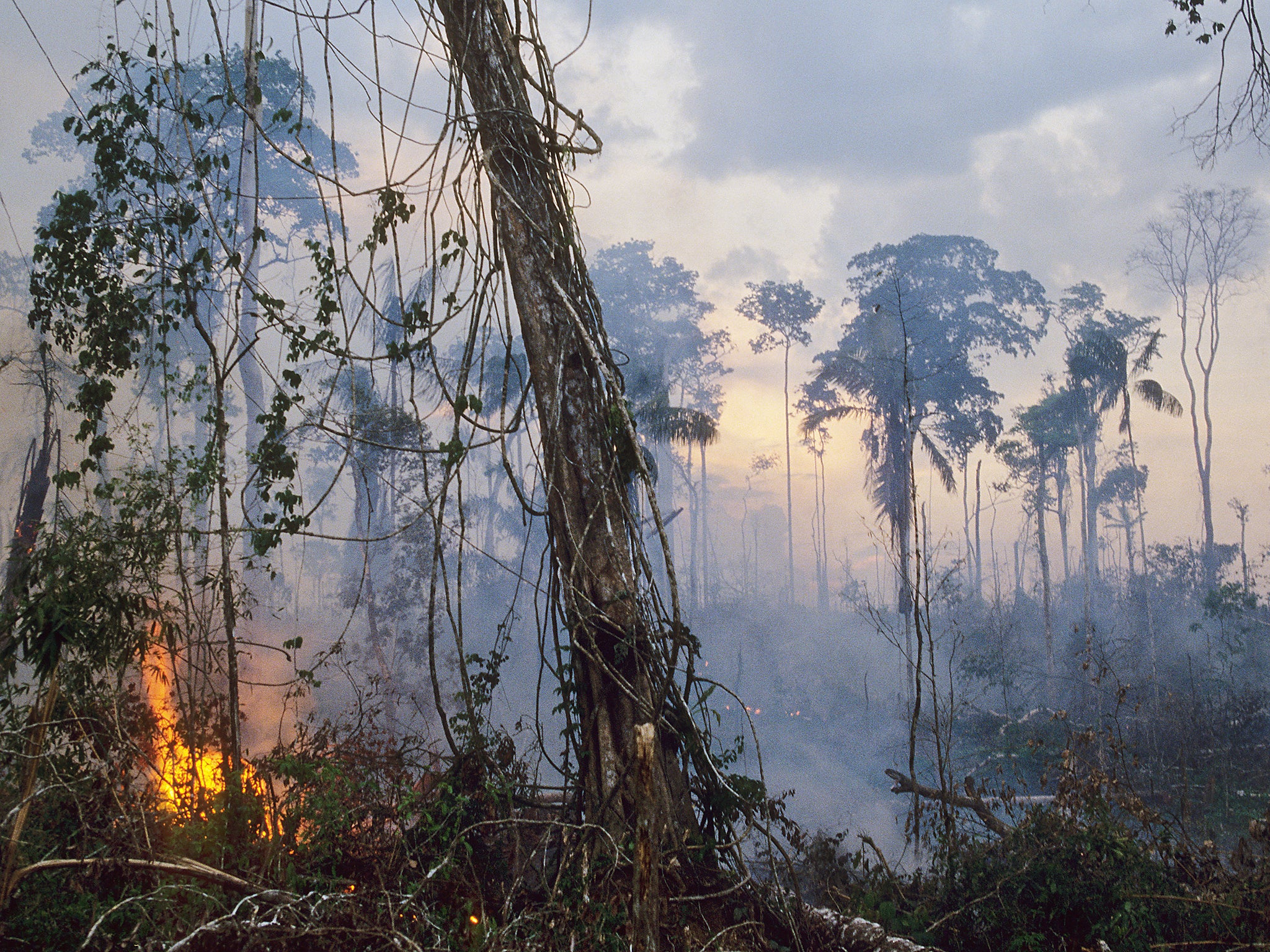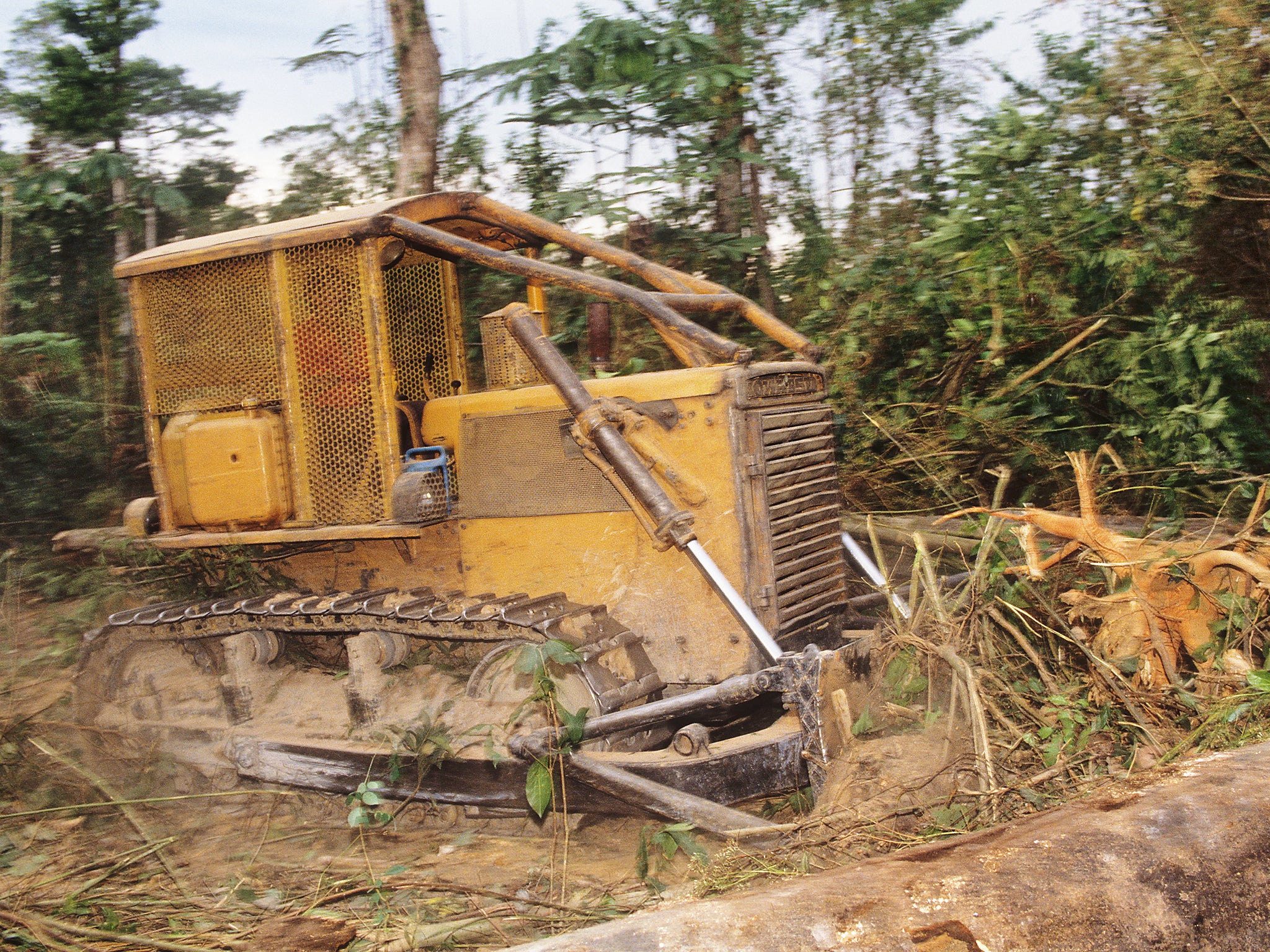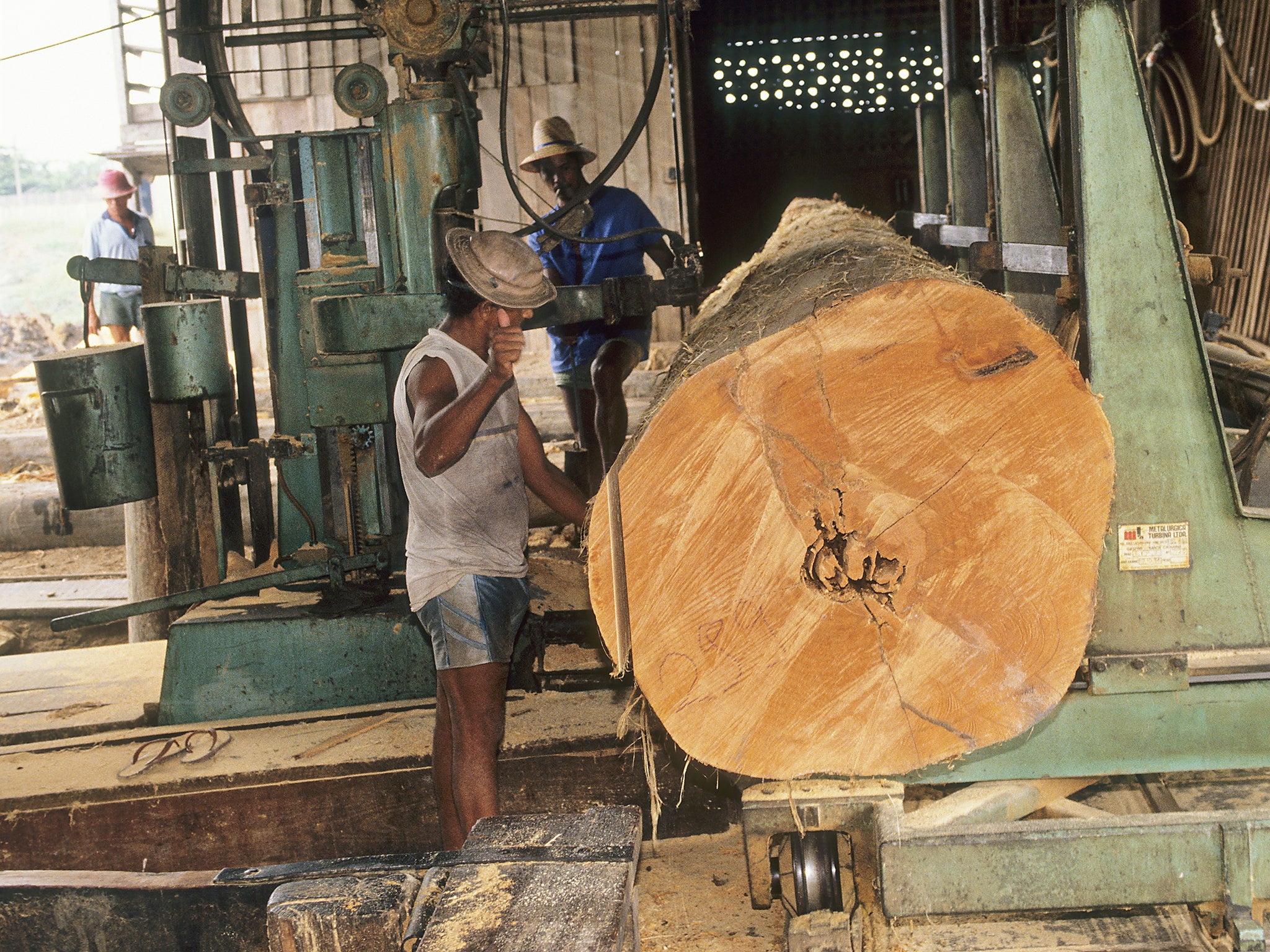Meet the nerds protecting the Amazon jungle
They could be a gang of vigilantes, but this task force made up of activists and scientists has been deployed by the Brazilian government to fight illegal activities in the Amazon jungle

Your support helps us to tell the story
From reproductive rights to climate change to Big Tech, The Independent is on the ground when the story is developing. Whether it's investigating the financials of Elon Musk's pro-Trump PAC or producing our latest documentary, 'The A Word', which shines a light on the American women fighting for reproductive rights, we know how important it is to parse out the facts from the messaging.
At such a critical moment in US history, we need reporters on the ground. Your donation allows us to keep sending journalists to speak to both sides of the story.
The Independent is trusted by Americans across the entire political spectrum. And unlike many other quality news outlets, we choose not to lock Americans out of our reporting and analysis with paywalls. We believe quality journalism should be available to everyone, paid for by those who can afford it.
Your support makes all the difference.Deep in the Amazon jungle, a squad of nerds is on the loose.
One of its members spent more than a decade as an environmental activist for a tree-hugging non-profit. Another studied Arctic oceanography in Germany. Their commander is a former high school science teacher.
But together they make up one of Latin America’s most feared elite fighting units, on the front line of Brazil’s struggle to curb the destruction of the Amazon.
The team’s commander, Roberto Cabral, laughs when I ask him how his assemblage of special-ops geeks came together.
“In the universe of illegal activities in Amazonia, there’s deforestation, gold prospecting, bush meat hunting, clandestine logging and animal smuggling,” says Cabral, 48, who was shot in the shoulder in 2015 while pursuing gunmen who were razing tracts of forest. “We wanted to combat these dealings with brains as well as boots on the ground.”

I accompanied the nine-member unit – which has the decidedly unglamorous name of Grupo Especializado de Fiscalizacao, or Specialised Inspection Group – on a gruelling patrol in March.
The squad, better known by it's Portuguese acronym, GEF (pronounced jeff-ee), operates in some of the most lawless swathes of the Amazon River basin – places so remote they take days to reach by riverboat or truck from the nearest settlement.
Facing such logistical obstacles, GEF, which operates as part of Ibama, Brazil’s state environmental protection agency, usually patrols in helicopters, using satellite images and intelligence gathered through Ibama’s regional offices to detect deforestation and signs of illegal mining.
The unit, created by Ibama in 2014, needs all the help it can get. Deforestation is surging once again in the Brazilian Amazon, climbing 29 per cent between August 2015 and July 2016. Nearly two million acres of forest were destroyed during the period, according to estimates by the National Institute for Space Research in Brazil.
But even with GEF’s cutting-edge technology, its missions often resemble a frustrating game of cat and mouse.
On patrol
On the first day I attend – an operation in Maranhao state on the fringes of the Amazon – members of the unit rise at 3am
Clad in combat fatigues, body armour and bulletproof helmets, they strap Taurus assault rifles around their shoulders and journey for hours in four-wheel drive trucks along potholed roads from Sao Luis, the state capital, to Santa Ines, an outpost in the interior.
Then they wait for the weather to improve.
Heavy rain prevents the unit’s two helicopters from taking off for patrols over Maranhao and the vast neighbouring state of Para. After hours of standing by, the choppers finally lift off around midday, flying for monotonously long stretches over lands cleared for cattle ranching.
“You have to see the Amazon from above to get a sense of how much of it has already been devastated,” says Mauricio Brichta, 44, an oceanographer who specialised in studying Arctic algae at Germany’s Alfred Wegener Institute for Polar and Marine Research before joining Ibama.
Like nearly everyone else in the unit – which includes forestry engineers, a wildlife biologist, a fisheries specialist, even someone who used to work in advertising – Brichta tells me he never expected to take up arms to protect the Amazon.
Before this phase in his life, he was a stay-at-home father in Jakarta and New York, where his ex-wife was stationed as a diplomat for Brazil’s foreign ministry.
After returning to Brazil, Brichta said he was drawn to Ibama by the agency’s sense of idealism and the strides it had made in lowering deforestation rates from alarmingly high levels at the start of the previous decade.
When GEF was created, he made the cut by completing a punishing survival course in which candidates endure jumping out of helicopters, protracted treks through the jungle, foraging for food, treating snakebites, going for long stretches without food and sleep, and training for gun battles and knife fights.
“Obviously, this kind of work isn’t for everybody,” says Eduardo Rafael de Souza, 39, a bearded, chain-smoking military veteran who often pilots the helicopters used for GEF’s missions.
The unit’s members return in a close-lipped mood to Santa Ines after the first day on patrol, with nothing to show for their efforts after flying for hours over remote logging roads in search of deforestation crews. Some wonder if there could be moles in Ibama’s ranks that could have tipped loggers off about their patrols.
Like other parts of Brazil’s federal government, Ibama has grappled with its own graft scandals, sometimes involving inspectors effectively acting as double agents to protect the interests of ranchers or logging outfits.
But environmental activists argue that a major reason for resurgent deforestation in Brazil involves efforts to reduce Ibama’s sway, drawing parallels with the Trump administration’s plans to overhaul the Environmental Protection Agency. Since 2013, Ibama’s budget was slashed by about 46 per cent.
A stroke of luck
Either way, GEF’s fortunes shift on the second day of the patrol.
Homing in on indigenous lands where logging crews make forays to illegally extract coveted hardwoods, the squad spot a makeshift sawmill from the air, near the boundary of the Alto Turiacu Indian Territory, home to the Ka’apor people.

“I saw their helicopter land in a clearing, like a scene out of some Hollywood movie,” says Francinaldo Martins Araujo, 43, who’s arrived in his truck to buy scraps of discarded timber from the sawmill as the unit swoops down for its raid.
Members of the squad, some hiding their faces behind balaclavas out of fear of retribution if their identities are made public, quickly get to work. They set the sawmill on fire and destroy two domed furnaces used to make charcoal, before setting out again in the helicopters for their next target.
A few minutes later, they hit pay dirt again when one of the pilots observes a truck on a logging road. The unit jumps out of the choppers in a nearby clearing, as one member punctures the truck’s fuel tank and sets the vehicle on fire.
Then the shouting comes from the forest. While searching for the logging crew, two GEF members stumble across a tractor used for hauling felled trees. A chain saw, still warm from being used minutes earlier, is stuck in a tree, evidence of a hasty getaway.
The unit set fire to the tractor and chain saw before resuming the search for the loggers. Nerves are on edge. It was on a similar operation in a nearby jungle that Cabral was taken by surprise by a fleeing logger and wounded by gunfire.
No shots are fired this time, but the loggers manage to elude the squad, fleeing into the forest. The unit starts the long trek back to the choppers in humidity so high it feels as if they could slice through it with their hunting knives.
Drenched in sweat as they board the helicopters, the squad see smoke billowing from the destroyed vehicles, a small victory in the battle against deforestation.
“I never dreamed that I would hold a rifle in my hands to defend the Amazon,” says one 44-year-old GEF member, a former environmental activist who declined to disclose his name. “But this is war, and war can open your eyes to what needs to be done.”
© New York Times
Join our commenting forum
Join thought-provoking conversations, follow other Independent readers and see their replies
Comments